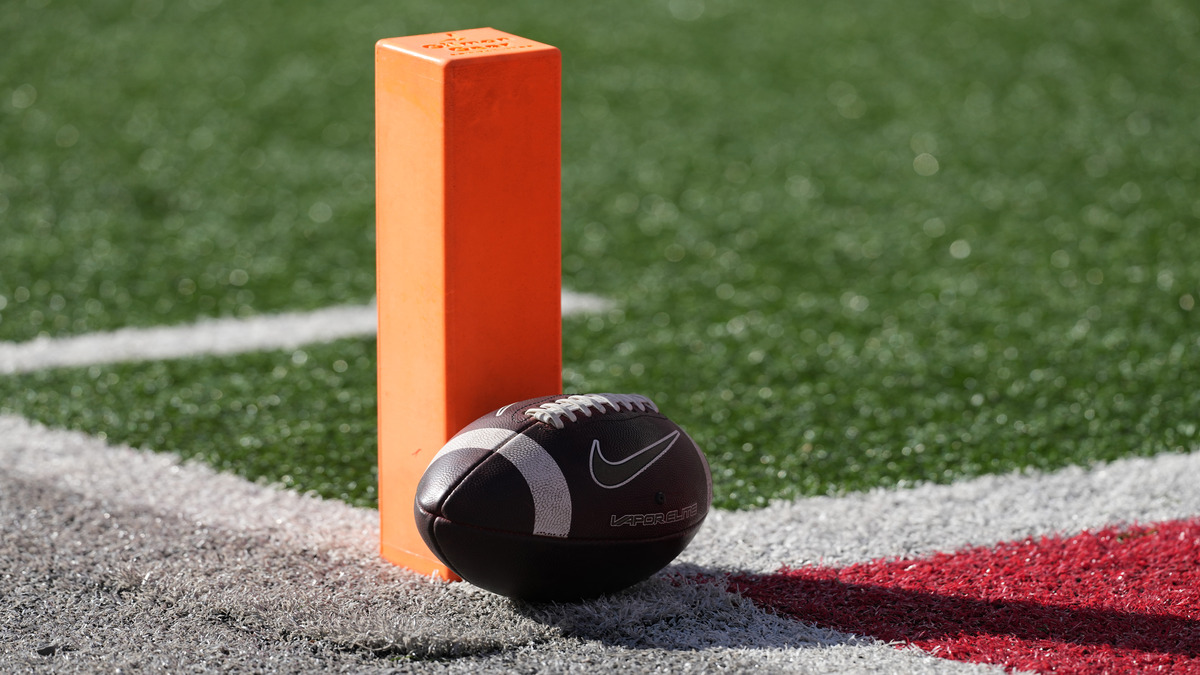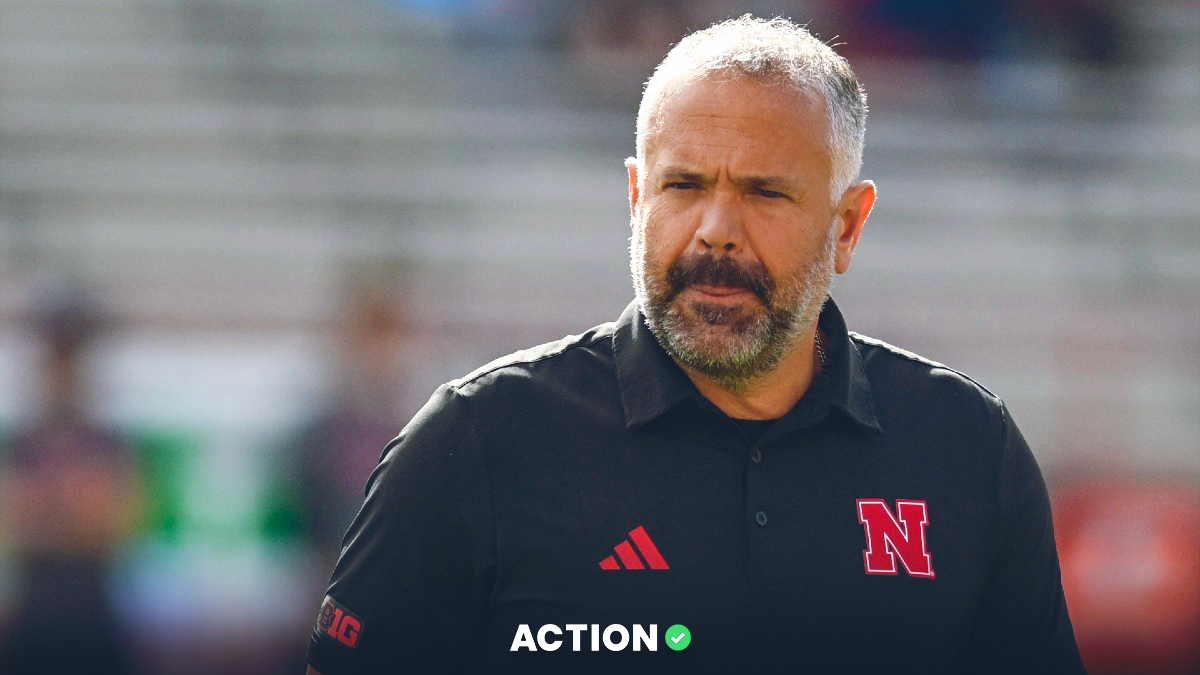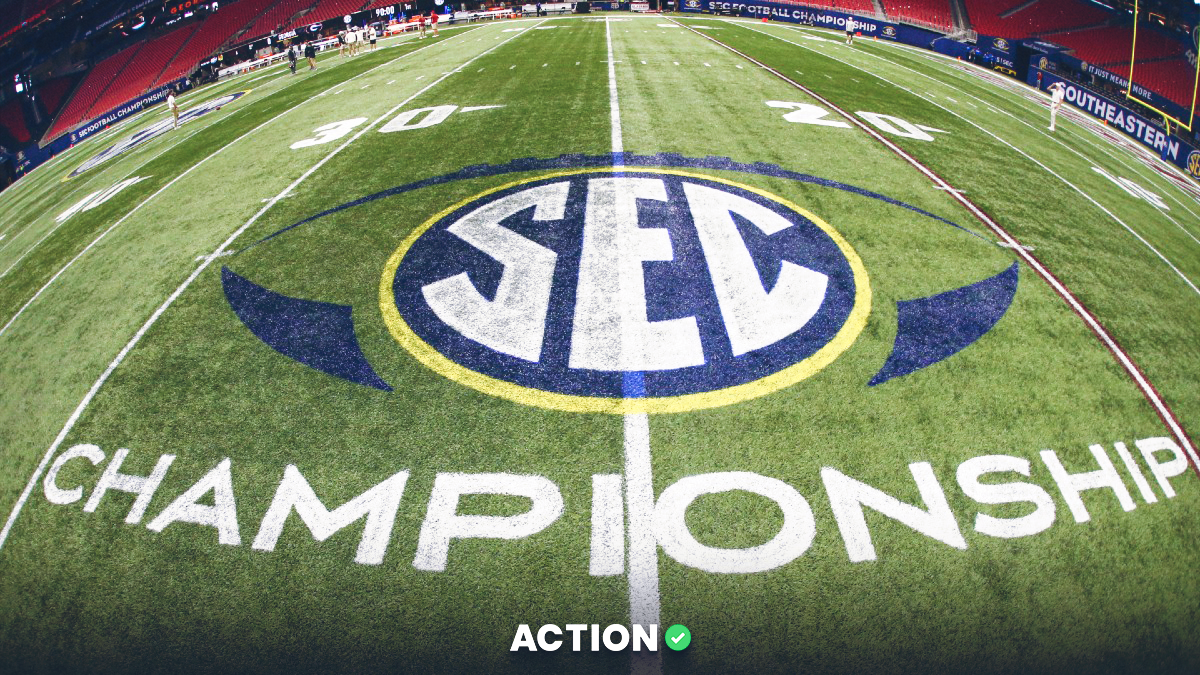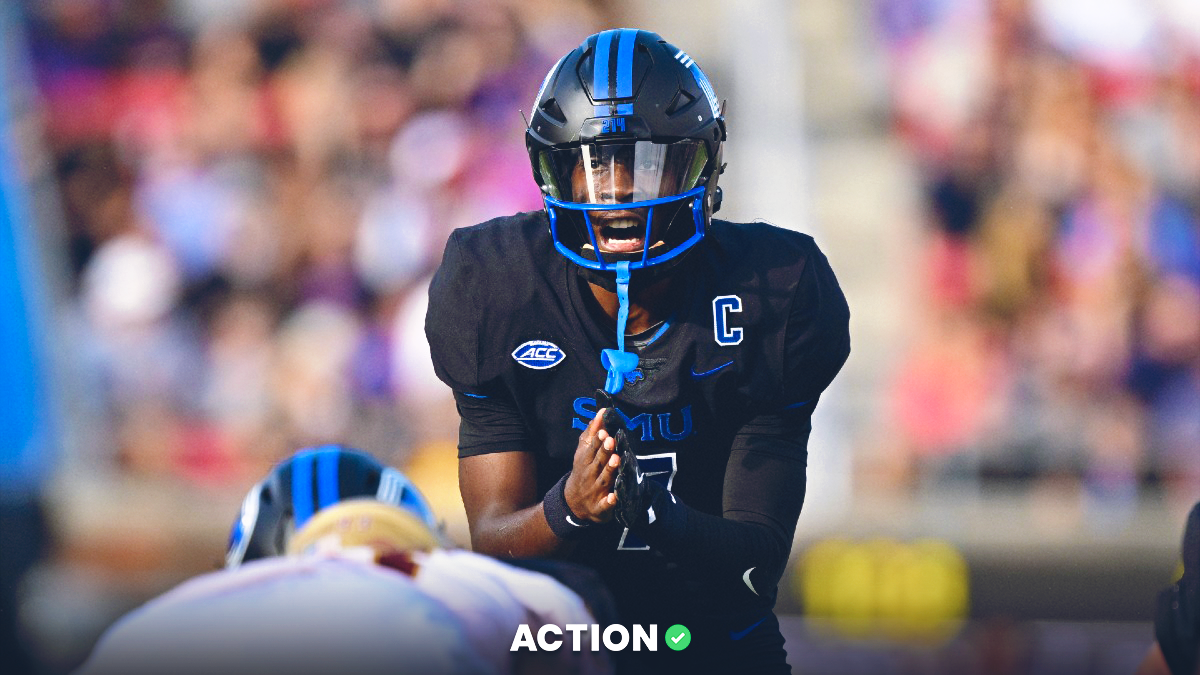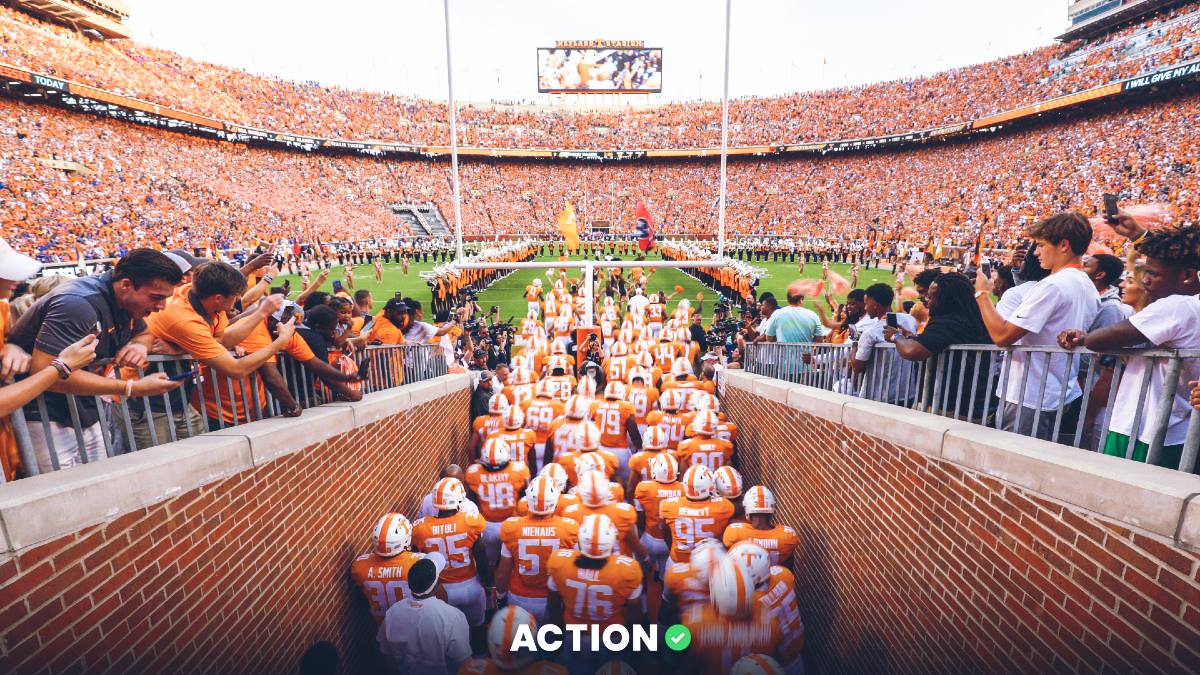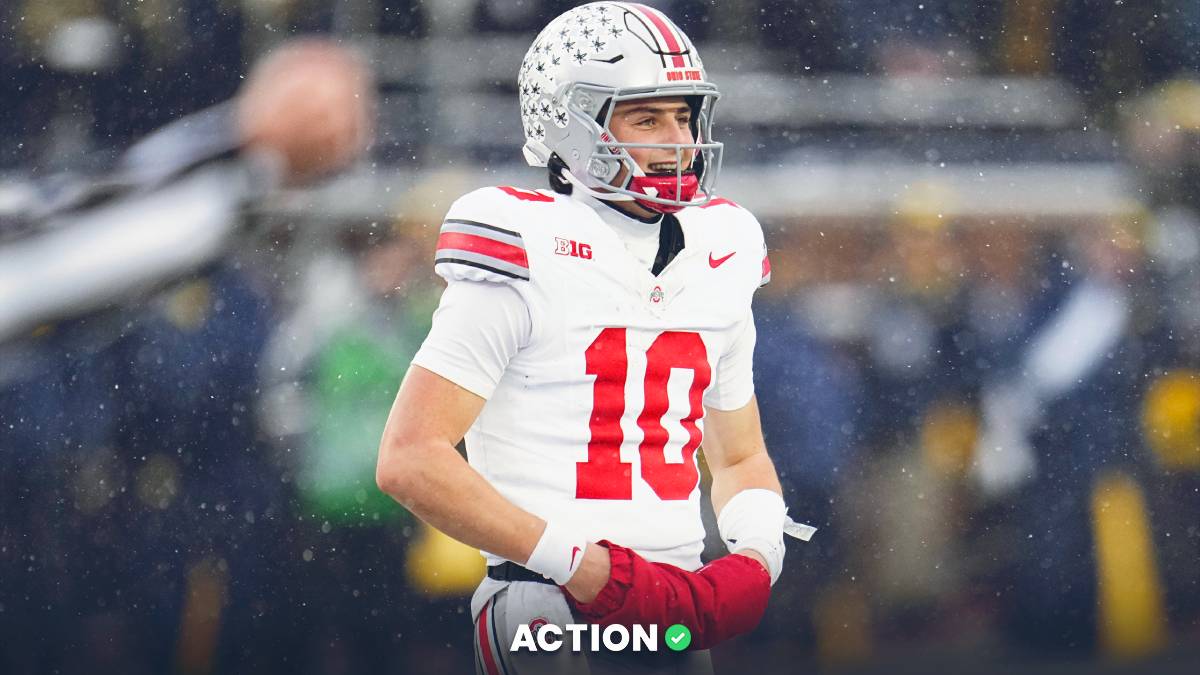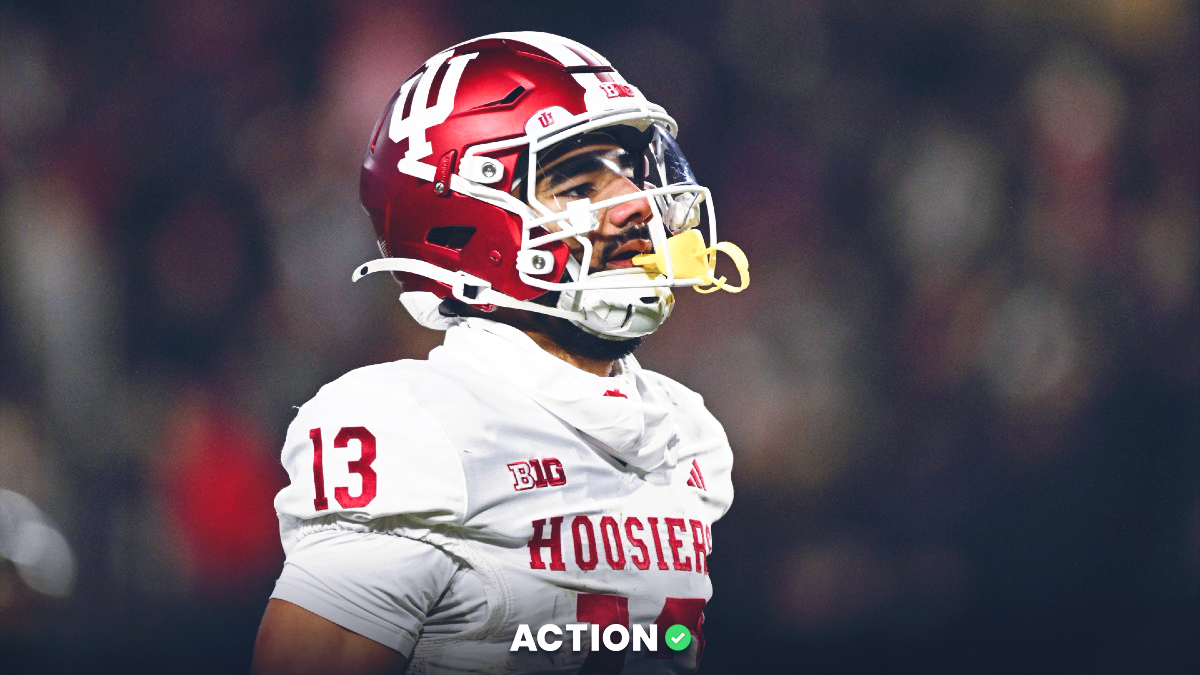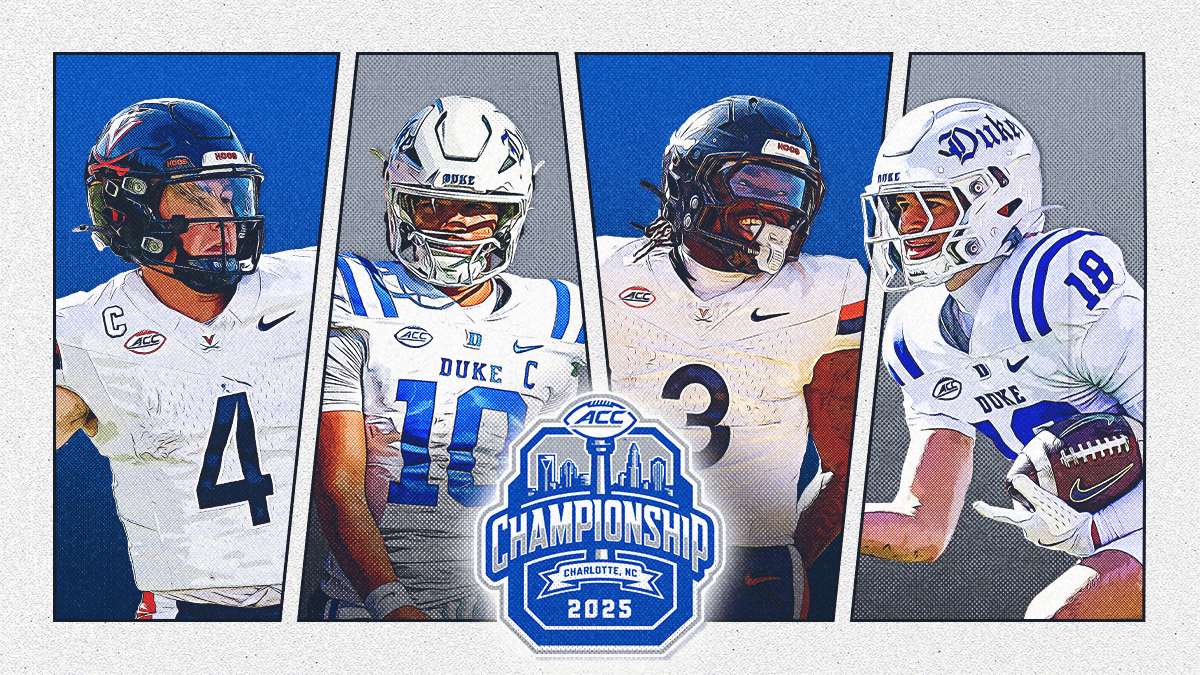The 2025 NCAA college football season is set to bring dramatic shifts in travel demands for teams across the country. With recent conference realignments, schools are now facing longer journeys to away games.
Using the full 2025 schedule and stadium coordinates, we analyzed the round-trip distances each team will travel when playing on the road. Distances were computed based on the geolocation of each school's home stadium.
Collectively, 601,303 miles will be covered amongst all D1 college football teams.
Top 20 CFB Teams Traveling the Most in 2025/26
Hawaii once again tops the rankings (understandably!).
Stanford comes in second for total travel distance, moving up from fourth overall last year.
| Rank | Team | Total Distance to Cover (miles) – 2025 |
| 1 | Hawai'i | 14,812 |
| 2 | Stanford | 11,762 |
| 3 | Oregon | 8,371 |
| 4 | Washington State | 8,194 |
| 5 | Sam Houston | 7,981 |
| 6 | California | 7,872 |
| 7 | UCLA | 7,610 |
| 8 | LSU | 7,416 |
| 9 | USC | 7,298 |
| 10 | Army | 7,159 |
| 11 | Utah State | 7,068 |
| 12 | Washington | 7,041 |
| 13 | Kansas State | 6,692 |
| 14 | San Diego State | 6,670 |
| 15 | Wyoming | 6,512 |
| 16 | West Virginia | 6,296 |
| 17 | Nevada | 6,187 |
| 18 | Missouri State | 6,183 |
| 19 | UCF | 6,038 |
| 20 | Florida International | 5,957 |
Which Teams Have The Biggest Drop Off In Travel Distance? (2024 vs 2025)
| Team | Total Distance to Cover (mi) – 2024 | Total Distance to Cover (mi) – 2025 | Difference (mi) | Year with More Travel |
| Delaware State | 5,077 | 302 | -4,775 | 2024 |
| Northern Iowa | 4,246 | 678 | -3,568 | 2024 |
| UCLA | 11,025 | 7,610 | -3,415 | 2024 |
| Virginia Tech | 4,220 | 1,100 | -3,120 | 2024 |
| Georgia Tech | 5,907 | 3,138 | -2,769 | 2024 |
| Florida State | 6,514 | 3,752 | -2,762 | 2024 |
| Florida Atlantic | 6,228 | 3,637 | -2,591 | 2024 |
| Miami | 5,761 | 3,277 | -2,484 | 2024 |
| California | 10,330 | 7,872 | -2,458 | 2024 |
| Houston Christian | 3,465 | 1,344 | -2,121 | 2024 |
| New Mexico | 6,508 | 4,402 | -2,106 | 2024 |
| Kennesaw State | 5,119 | 3,016 | -2,103 | 2024 |
| Baylor | 4,112 | 2,180 | -1,932 | 2024 |
| Missouri | 3,300 | 1,545 | -1,755 | 2024 |
| UNLV | 6,645 | 4,989 | -1,656 | 2024 |
| Robert Morris | 1,638 | 62 | -1,576 | 2024 |
| Louisville | 3,793 | 2,270 | -1,523 | 2024 |
| NC State | 3,005 | 1,696 | -1,309 | 2024 |
| Southern Miss | 2,479 | 1,242 | -1,237 | 2024 |
| Washington | 8,282 | 7,041 | -1,241 | 2024 |
How Far Will The 2025 NCAAF Championship Favorites Have To Travel?
Oregon has to travel the most out of the favorites to win the NCAAF Championship, with a total travel distance of 8,371 miles.
LSU comes next, with 7,416 miles to travel. Last year’s champion, Ohio State have only 3,042 miles to travel across the regular season by comparison.
| Team | Winner Odds | Total Distance to Cover (mi) – 2025 |
| Oregon | +500 | 8,371 |
| LSU | +550 | 7,416 |
| Notre Dame | +650 | 4,747 |
| Texas | +750 | 4,358 |
| Penn State | +800 | 3,773 |
| Ohio State | +1400 | 3,042 |
| Clemson | +1400 | 1,568 |
| Alabama | +1949 | 1,499 |
| Tennessee | +2000 | 1,352 |
| Georgia | +2000 | 940 |
If you liked this content, you should check out these DraftKings Promo Code and Dabble Promo Code pages.
For the breakdown for every D1 team, please see the full dataset here. All figures in the dataset have been converted to miles.
Methodology
Data Collection
The official schedule for the 2024-25 NCAA college football season was extracted from the ESPN college football schedule.
An automated Python script was developed to scrape and collect the schedule data for all weeks of the season. The script retrieved details for each game, including the teams involved, game dates, and locations.
Only data for D-1 games was considered.
Data Transformation
Cleaning: The raw data underwent cleaning to remove any irrelevant or incomplete entries. This included filtering out non-game events and ensuring each game entry had accurate team names and locations.
Geocoding: Each game's location was marked with geographical coordinates (latitude and longitude). This was done using Python’s geocoding libraries to convert stadium names or cities into precise coordinates.
First Game Consideration: The first game of the season, which was played in Dublin, Ireland, was noted as a special case due to its international location, requiring significant travel for both participating teams.
Data Analysis
Distance Calculation: The Haversine formula, implemented in Python, was used to calculate the great-circle distance between the coordinates of the home and away locations for each game. This formula provides an accurate measure of the distance between two points on the Earth’s surface.
Total Travel Distance: The total travel distance for each team was calculated by summing up the distances for all their away games during the season.


